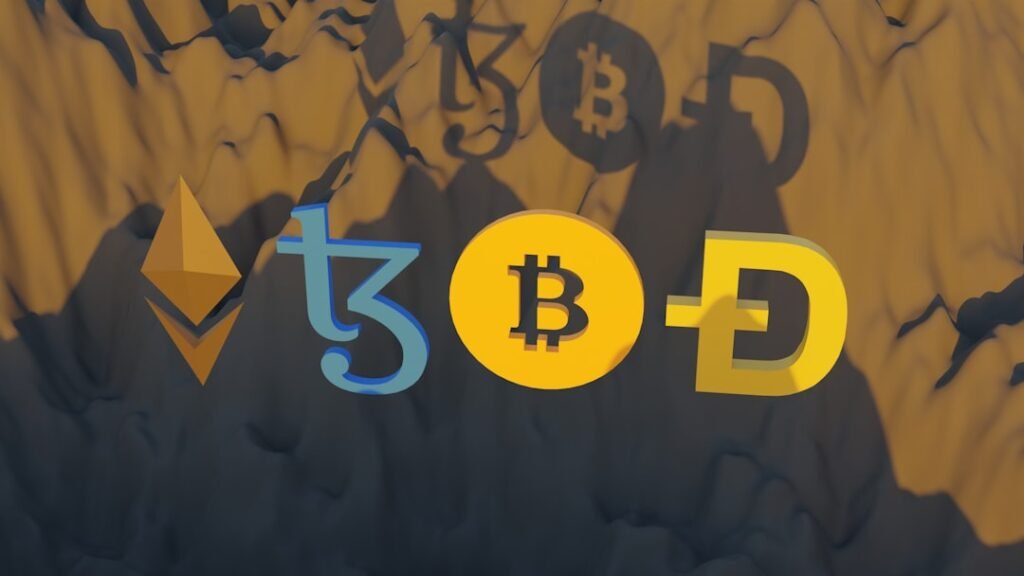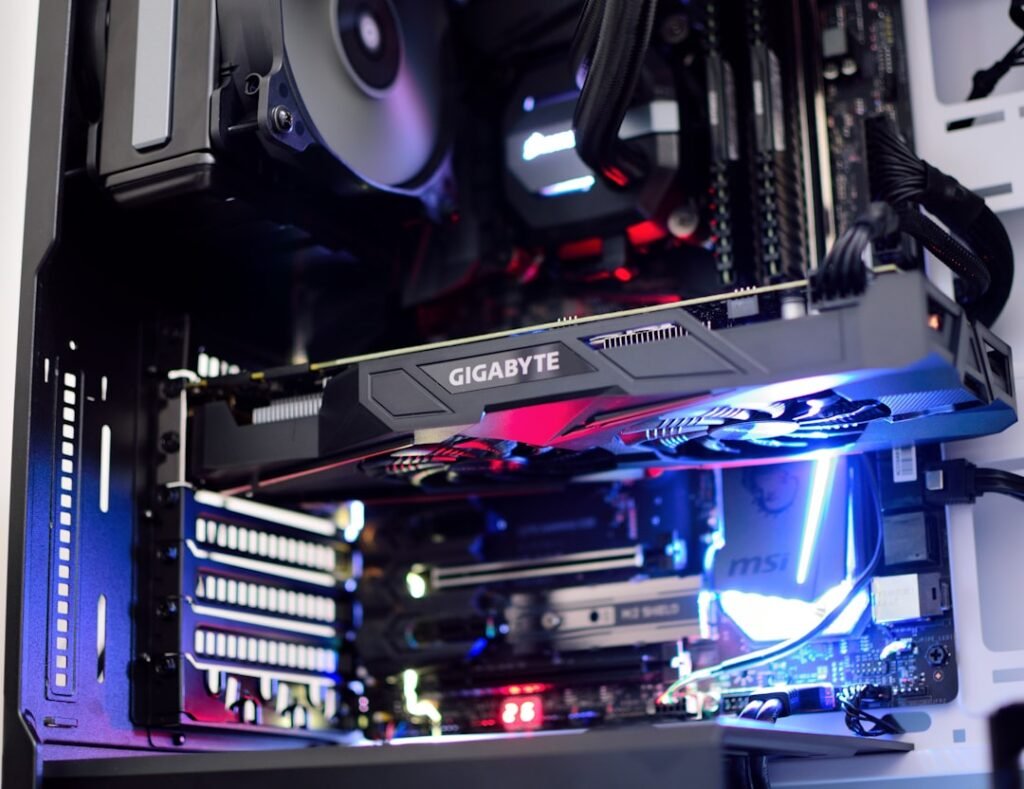The DeFi Revolution: How Crypto Lending Platforms Are Transforming Finance
Imagine earning interest rates that dwarf traditional banks or accessing loans without credit checks – all powered by lines of code instead of brick-and-mortar institutions. This isn't financial science fiction; it's the reality of Decentralized Finance (DeFi) lending and borrowing. Built on blockchain technology, these platforms leverage smart contracts to automate financial services, fundamentally reshaping how we interact with money. Forget intermediaries; DeFi connects lenders and borrowers directly, fostering a new era of financial inclusion and innovation.
Demystifying DeFi Lending & Borrowing: Beyond the Bank
At its core, DeFi lending and borrowing provides decentralized financial services where users can:
- Lend Crypto Assets: Deposit cryptocurrencies into liquidity pools to earn interest.
- Borrow Crypto Assets: Obtain loans by locking up other cryptocurrencies as collateral.
This system operates autonomously on blockchain networks like Ethereum, Solana, and Polygon. The key differentiator from Traditional Finance (TradFi) is the elimination of central authorities like banks. Instead, pre-programmed smart contracts – self-executing agreements stored on the blockchain – handle transactions, enforce terms, and distribute funds. This shift brings:
- Transparency: All transactions are recorded immutably on the public ledger.
- Accessibility: Anyone with an internet connection and a crypto wallet can participate, bypassing gatekeepers.
- Reduced Costs: Cutting out intermediaries slashes fees significantly.
- Efficiency: Automation enables near-instantaneous transactions 24/7.
How DeFi Lending Works: Becoming the Bank
DeFi lending relies on liquidity pools. Think of these as shared reservoirs of crypto assets:
- Lender Participation: Users deposit their cryptocurrency (e.g., ETH, USDC, BTC) into a pool on a platform like Aave, Compound, or MakerDAO.
- Pool Formation: These deposits collectively form the liquidity pool, the source of funds for borrowers.
- Earning Interest: Lenders receive interest on their deposits. Rates are dynamic, determined algorithmically based on the real-time supply of assets in the pool and borrower demand. Typically, these rates far exceed those offered by traditional savings accounts.
- Tokenization: Often, lenders receive a new token (like Aave's aTokens or Compound's cTokens) representing their deposit plus accrued interest. These tokens can sometimes be used elsewhere within the DeFi ecosystem.
The Lender's Journey:
- Choose a reputable DeFi platform (e.g., Aave, Compound, MakerDAO).
- Connect your cryptocurrency wallet (e.g., MetaMask).
- Select the asset you wish to lend and deposit it into the relevant liquidity pool.
- Approve the transaction via your wallet.
- Start earning interest immediately. Withdraw your principal plus interest anytime.
How DeFi Borrowing Works: Unlocking Liquidity Without Selling
DeFi borrowing primarily functions through collateralization. Borrowers must lock up crypto assets worth more than the loan amount. The two main types are:
-
Collateralized Loans (The Standard):
- Over-Collateralization: This is the cornerstone of most DeFi borrowing. Users lock up cryptocurrency collateral valued at significantly more (typically 150% – 300%+) than the loan they wish to take. For example, to borrow $1,000 worth of DAI, you might need to lock up $2,000-$3,000 worth of ETH.
- Why Over-Collateralize? It mitigates risk for lenders against the extreme volatility of crypto prices. If the collateral value drops too close to the loan value, it risks automatic liquidation.
- Use Cases: Access cash without triggering capital gains tax by selling appreciated crypto, leverage trading positions, fund investments, or simply access liquidity while holding onto assets expected to rise in value long-term.
- Duration: Loans can persist indefinitely as long as the collateral value remains sufficient above the required threshold.
-
Flash Loans (The Specialist Tool):
- Collateral-Free… But Demanding: Flash loans allow borrowing without upfront collateral, but with a critical catch: the loan must be borrowed and repaid within the same blockchain transaction block (often mere seconds).
- Mechanism: Smart contracts enable this by checking if the loan is repaid by the end of the transaction. If not, the entire transaction reverts as if it never happened.
- Primary Use: Arbitrage opportunities – exploiting price differences of the same asset across different exchanges instantly. Other uses include collateral swapping (refinancing loans) or complex DeFi strategy execution.
- Risk & Skill: Highly technical, primarily used by sophisticated users and bots. Vulnerable to exploits if not perfectly executed.
The Borrower's Journey (Collateralized Loan):
- Choose a DeFi platform (e.g., Aave, Compound, MakerDAO).
- Connect your cryptocurrency wallet.
- Select the asset you want to borrow.
- Deposit the required over-collateral (e.g., ETH to borrow DAI).
- Specify the loan amount.
- Approve the transaction via your wallet.
- Receive the borrowed funds instantly into your wallet.
Why DeFi Lending/Borrowing is Exploding: The Compelling Advantages
The growth is staggering, with DeFi applications attracting millions of users and billions in locked value. The appeal is undeniable:
- Unprecedented Accessibility & Inclusivity: No bank account? Poor credit history? Living in an underbanked region? Irrelevant. DeFi only requires an internet connection and a crypto wallet. This democratizes finance globally.
- Superior Returns for Lenders: Interest rates (APY) on deposited crypto often significantly outpace traditional savings accounts, driven by market dynamics.
- Lower Costs: Eliminating banks and intermediaries drastically reduces transaction and borrowing fees.
- Blazing Speed & Efficiency: Transactions settle on the blockchain in minutes or seconds, not days. Smart contracts automate everything.
- Transparency & Trustlessness: All transactions are verifiable on the public blockchain. You rely on code, not opaque institutions.
- No Credit Checks: Borrowing eligibility is based solely on the value of the crypto collateral you provide, opening doors for many excluded by traditional systems.
- Self-Custody (DeFi): In true DeFi, users typically retain control of their private keys and assets (collateral remains in their wallet but locked by the smart contract), aligning with the core ethos of decentralization.
Navigating the Risks: Challenges in the DeFi Frontier
While revolutionary, DeFi lending/borrowing is not without significant risks:
- Smart Contract Vulnerabilities: The code powering DeFi is its greatest strength and weakness. Bugs or exploits in smart contracts can lead to catastrophic losses. High-profile hacks (like Poly Network's $600M+ incident, though funds were returned) underscore this critical risk. Audits help but aren't foolproof.
- Market Volatility & Impermanent Loss:
- Borrowers: A sudden drop in the price of your collateral can trigger automatic liquidation before you can react, losing your collateral.
- Liquidity Providers: Those supplying assets to pools can suffer "Impermanent Loss" – a temporary loss occurring when the price ratio of the pooled assets changes compared to simply holding them. It becomes permanent if withdrawn during the imbalance.
- Regulatory Uncertainty: Governments worldwide are still grappling with how to regulate DeFi. Future regulations could restrict operations, increase compliance costs, or even deem certain activities illegal (e.g., SEC views on securities laws). This creates an unstable environment.
- Security Risks: The large sums locked in DeFi make it a prime target for hackers. Robust security is paramount but constantly tested.
- Interest Rate Volatility: APYs for lenders and borrowing rates are algorithmically set and can fluctuate rapidly based on pool dynamics, impacting expected returns or costs.
- User Error: Complexity remains high. Mistakes in transactions (sending to wrong addresses, misunderstanding contract interactions) can lead to irreversible loss of funds. "This is not your keys, not your crypto" applies – responsibility rests heavily on the user.
- Lack of Traditional Protections: Unlike bank deposits insured by the FDIC, or brokerage accounts protected by SIPC, funds lost in DeFi due to hacks, exploits, or user error are generally gone forever. CeFi platforms may offer some insurance, but it's not universal.
Titans of the Space: Leading DeFi Lending Platforms
Several platforms have emerged as leaders, each with unique features:
- MakerDAO: The pioneer of decentralized stablecoins. Users lock collateral (primarily ETH) in Maker Vaults to mint DAI, a stablecoin pegged to the US Dollar. Governed by MKR token holders. A cornerstone of DeFi stability.
- Aave: A versatile lending protocol known for innovation. Offers a wide range of assets, "Stable Rate" borrowing options, and popularized Flash Loans. Features like credit delegation add flexibility.
- Compound: A major money market protocol. Users deposit assets to earn interest or borrow against collateral. Interest rates adjust algorithmically. COMP token holders govern the protocol.
- Uniswap: Primarily a Decentralized Exchange (DEX), but its liquidity pools are fundamental to DeFi. Liquidity Providers (LPs) deposit pairs of tokens to facilitate trading and earn fees, a form of "lending" liquidity to the market. Uses an Automated Market Maker (AMM) model.
- dYdX: Focuses on advanced trading, offering margin trading, perpetuals, and lending/borrowing with leverage. Caters to sophisticated users.
The Future of Finance is Decentralized
DeFi lending and borrowing represent a seismic shift in finance. By leveraging blockchain and smart contracts, these platforms offer unparalleled accessibility, efficiency, and potential returns, challenging centuries-old banking models. They empower individuals globally, particularly the underbanked, to participate in financial markets on their own terms.
However, this frontier is not for the faint of heart. The risks – from smart contract exploits and market volatility to regulatory uncertainty and the permanence of user error – are substantial and demand careful consideration, thorough research, and robust risk management. Understanding concepts like over-collateralization and impermanent loss is crucial.
As the technology matures, security improves, and regulatory frameworks evolve, DeFi lending has the potential to move from the bleeding edge to the mainstream. It embodies the core principles of decentralization, transparency, and user sovereignty, paving the way for a more open, inclusive, and innovative global financial system. The revolution is not coming; it's already here, locked in billions of dollars worth of code on the blockchain.












